Factory workers are the backbone of the industrial manufacturing industry. Without them, products would not be made and businesses would not be able to operate. That is why it is important to celebrate these hardworking individuals with some amazing factory worker photos!
In this post, we will showcase some of our best images of factory workers. No royalty-free stock photos here, but real employees on the job. We hope that you enjoy looking at these industrial images as much as we did in creating them!
Grinding Industrial Parts

In industry, precision is key. In order for machines to function properly, each individual part must be designed with precision in mind. This level of precision is essential in industries such as manufacturing, where even the smallest imperfection can lead to disastrous consequences. As a result, manufacturers must adhere to strict tolerances when producing parts for industrial machines.
In many cases, parts are produced using computer-controlled machinery that is capable of fabricating them with micrometer-level accuracy. This allows for the creation of parts that fit together perfectly, reducing the chance of errors and ensuring that machines run smoothly.
Precision is also important when it comes to safety; by designing parts with tight tolerances, engineers can help to prevent accidents and minimize the risk of injury. In an increasingly globalized and industrialized world, precision will continue to be a vital part of ensuring that machines run smoothly and safely.
Packing Automobile Parts for Delivery
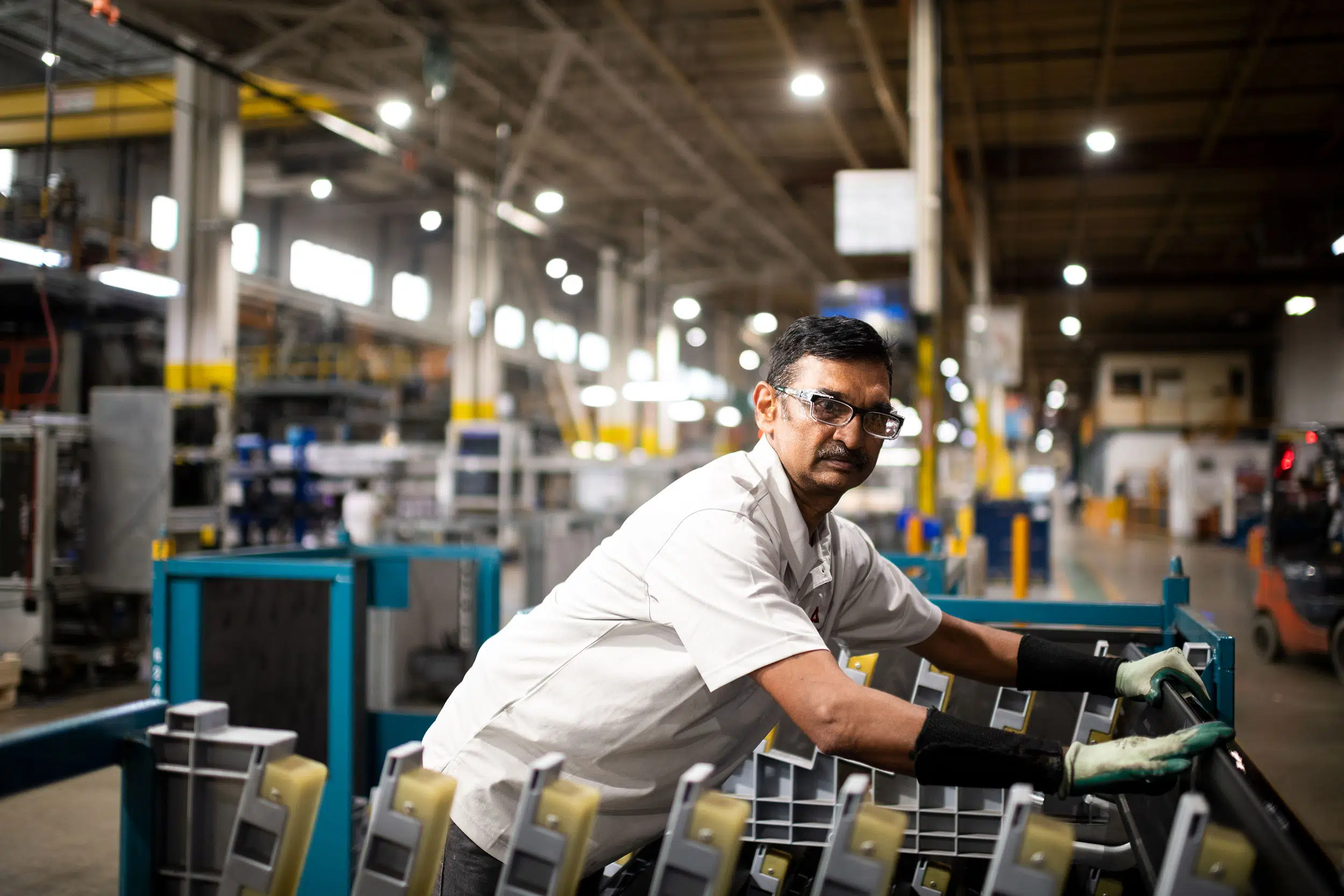
The auto industry is a massive and complex system that relies on the production of countless different parts to function. Every year, millions of vehicles are assembled from a bewildering array of components, ranging from the smallest screws to the largest engine blocks.
The parts for these vehicles are supplied by a global network of suppliers, who must coordinate their efforts to ensure that everything arrives at the assembly plant on time. The task of designing and manufacturing all of these different parts is an enormous undertaking, and it is one that requires the expertise of engineers, designers, and manufacturers from all over the world.
Foam Factory

The foam industry is a vital part of the manufacturing sector. Foam is a versatile material that can be used in a wide range of products, from furniture to automotive components. Furthermore, foam plays an important role in many industries, such as transportation and packaging. As a result, the foam industry provides employment for millions of people around the world. In addition, the industry contributes billions of dollars to the global economy each year.
Moving Materials around Factory

Materials are moved around factories for many reasons. They may need to be closer to the production line, or they may need to be moved to another part of the factory for further processing.
Making Fine Adjustments to Mold
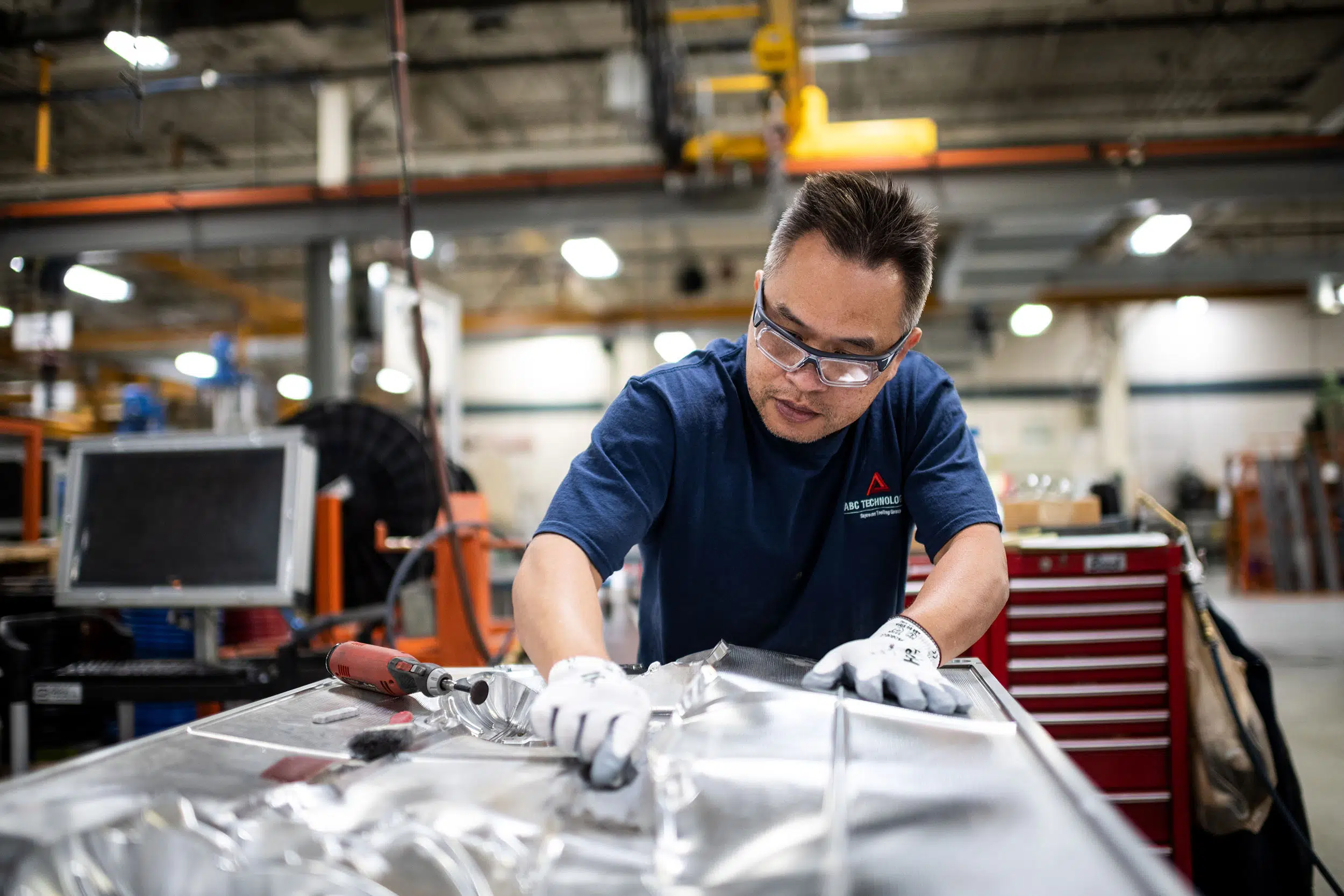
In this factory worker photo, we see a worker making fine adjustments to a mold. This is an important job, as it ensures that the products that are manufactured are of the highest quality.
Working on Large Manufacturing Parts

Mold manufacturing is a process that involves many different steps. One of the most important steps is applying a coat of grease to the mold. This helps to prevent the mold from sticking to the metal and makes it easier to remove the finished product. The worker in this picture is applying a thick coat of grease to the mold.
Aluminum Welding
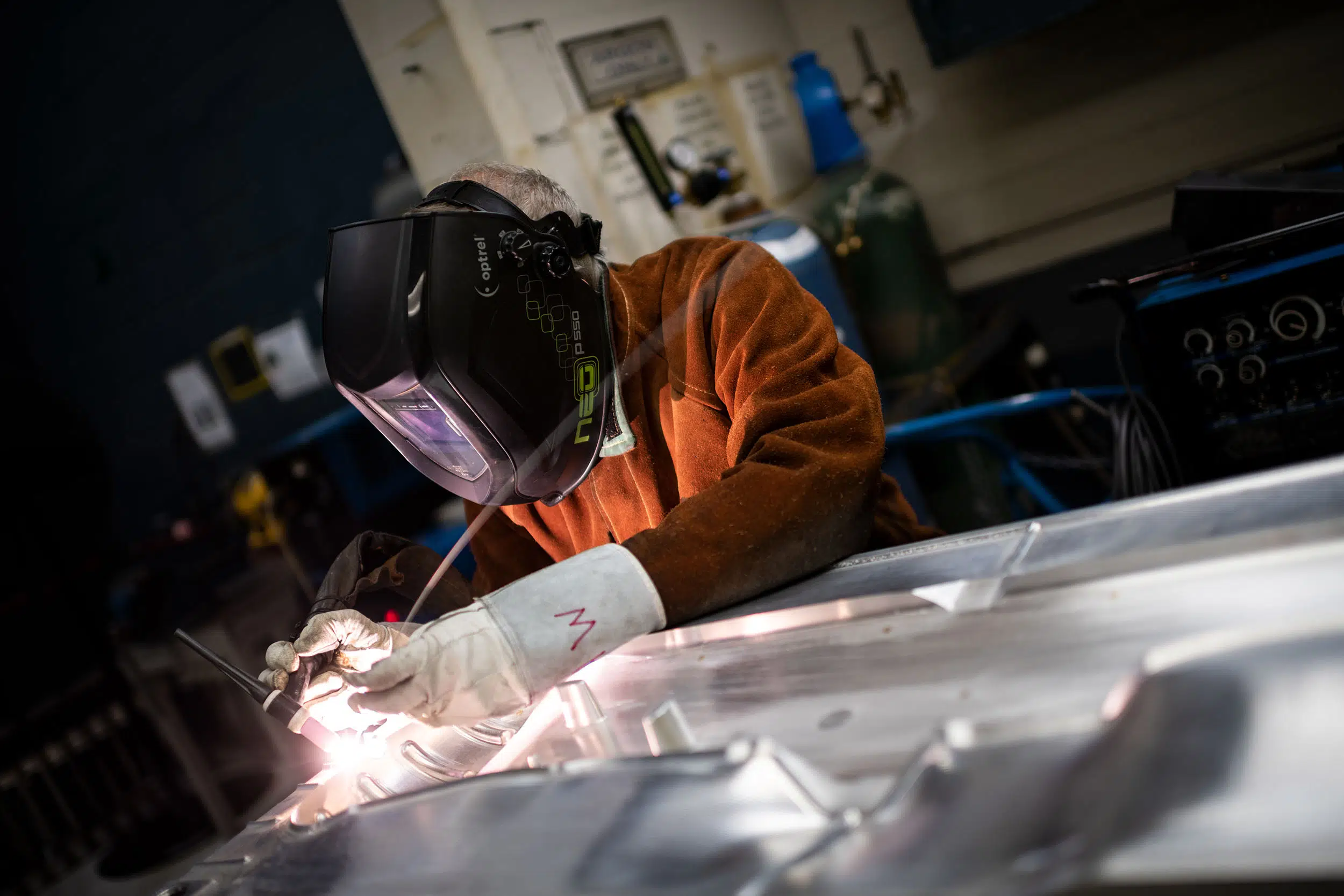
Aluminum welding is a process that uses heat to join two pieces of metal together. The metal is heated until it is molten, and then the two pieces are joined together. Aluminum welding is used in a variety of industries, including aerospace, automotive, and construction.
Aluminum welding is typically performed by certified welders who have experience with the process. The welders use specialized equipment to heat the metal and control the flow of the molten metal. Welding aluminum requires a high level of skill and training, but it can be performed by anyone with the right equipment and training.
Making Fine Measurements

Careful measurements are essential in many fields, from construction to engineering to cooking. In many cases, a small error can have serious consequences. As a result, workers who need to make fine measurements must be highly skilled and attentive to detail. They must be able to use precision instruments, such as micrometers and calipers, and understand how to compensate for different factors, such as thermal expansion. In addition, they must be able to work quickly and accurately under pressure.
Making fine measurements is a demanding job, but it is also an essential one. Without the skill and dedication of these workers, many important projects would simply not be possible.
Related: Industrial Photography: How to Capture the Perfect Shot
Making Engineered Plastics

The production of engineered plastics has come a long way since the early days of the twentieth century. Today, engineers can design plastics that are strong and durable, yet lightweight and flexible. And thanks to advances in manufacturing technology, these materials can be produced at a fraction of the cost of conventional plastics.
As a result, engineered plastics are now used in a wide range of applications, from automotive parts to medical devices. The key to making these materials is to understand the properties of the various types of plastics and how they can be manipulated to create the desired outcome. By applying this knowledge, engineers can produce plastics that meet the specific needs of their customers.
Driving a Forklift

Working in a production facility can be a demanding and challenging job. There are often strict deadlines to meet, and the work can be physically demanding.
One of the most important pieces of equipment in a production facility is the forklift. Forklifts are used to move materials and products around the facility, and they play a crucial role in keeping the production process moving smoothly.
Driving a forklift requires skill and training, and it is important to always follow safety procedures.
Making Fine Adjustments

Any manufacturer will tell you that making small adjustments to machinery parts can make a big difference in the quality of the finished product. Even a fraction of a millimeter can mean the difference between a perfect fit and a sloppy one. The same is true for the tolerances on machined parts.
When parts are machined to too loose of tolerance, they may not fit properly, leading to increased wear and tear or even breakage. On the other hand, if parts are machined to too tight of tolerance, they may be difficult to assemble or cause functionality issues. Therefore, it is crucial that machinists have the skills to make fine adjustments to tolerances in order to produce high-quality parts. With experience, machinists learn to “feel” when a part is within the proper tolerance, saving time and money by avoiding costly rework.
Inspecting a Manufactured Part

Visual inspection is an important part of quality control for any manufactured product. By closely examining a part, it is possible to identify defects that may affect the function or aesthetics of the finished product.
Related: How Industrial Photography Helps Tell The Stories of the Workforce
Setting Up Work Material

Measuring a Finished Product

A caliper is a precision measuring tool that is used to measure the thickness of a material. It consists of two jaws that are connected by a screw thread. The jaws can be opened and closed by turning the screw thread, which allows the user to accurately adjust the size of the measurement. Calipers are commonly used in engineering and manufacturing to ensure that parts are machined within tight tolerances.
Measuring Finished Cut Material
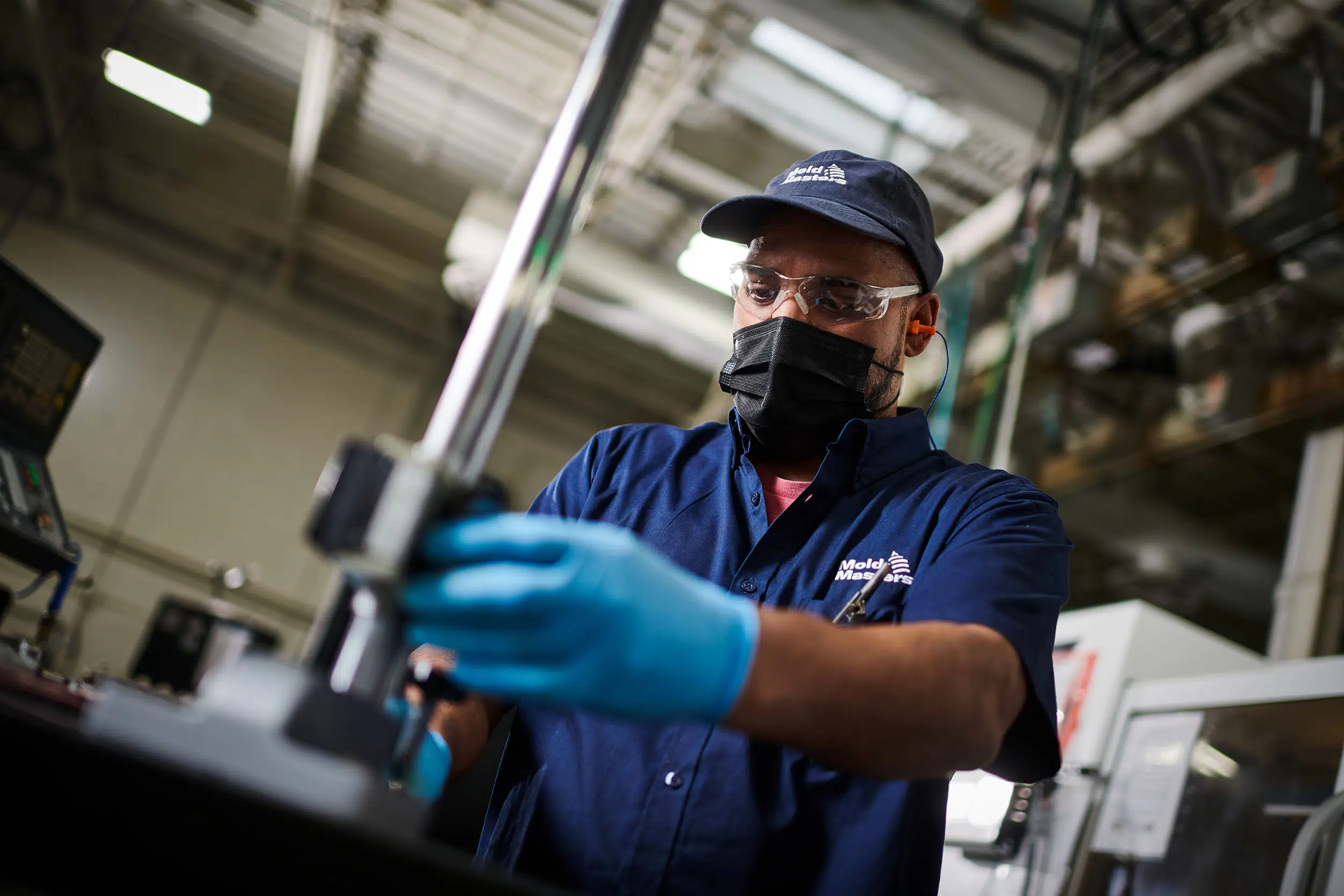
Portrait of Worker

Related: Teamwork Pictures: Our Favorite Examples of People Working Together
Posing for an Editorial Image

Portrait of a worker in a Factory

Binding Rolled Steel

Steel is an essential material in many industries, from construction to automotive manufacturing. It is strong and durable, yet also flexible enough to be shaped into a variety of forms.
Measuring Thickness of Steel
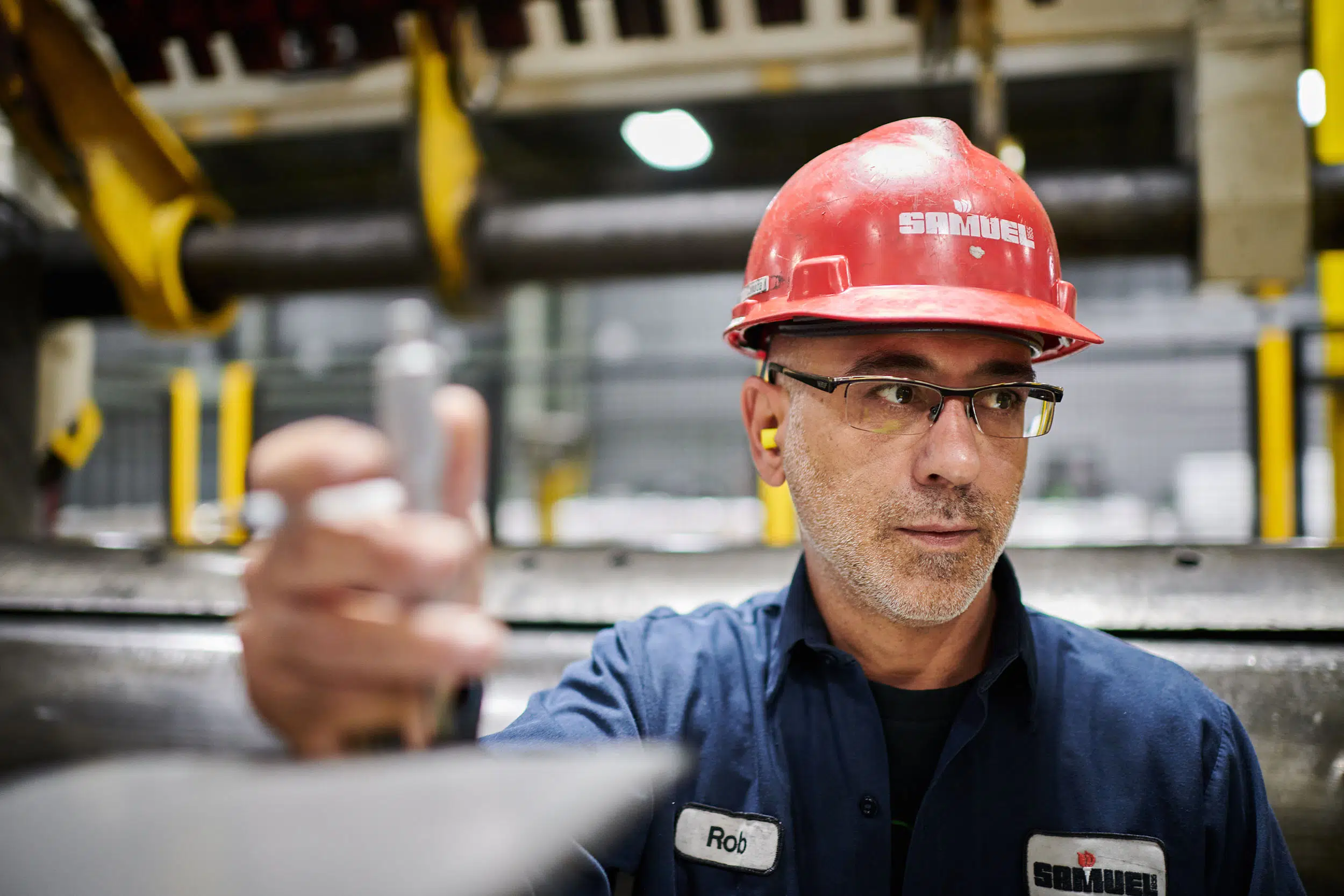
Industrial Crane Operator

Cranes are a common sight in factories, where they are used to move heavy items from one point to another. While they may seem like simple machines, Cranes are actually quite complex, and their operation requires a great deal of skill.
In order to move a heavy object, the crane operator must first attach the object to the crane using a chain or cable. Once the object is secure, the operator then uses a series of levers to raise the object off the ground and move it to the desired location. The entire process is controlled by the operator, who must constantly adjust the levers in order to keep the object from swinging wildly and damaging equipment or injuring workers. With its ability to safely move heavy objects, the crane is an essential piece of equipment in any factory.
A Factory Worker at a Steel Warehouse

Moving Large Rolls of Steel

A Worker at Control Panel
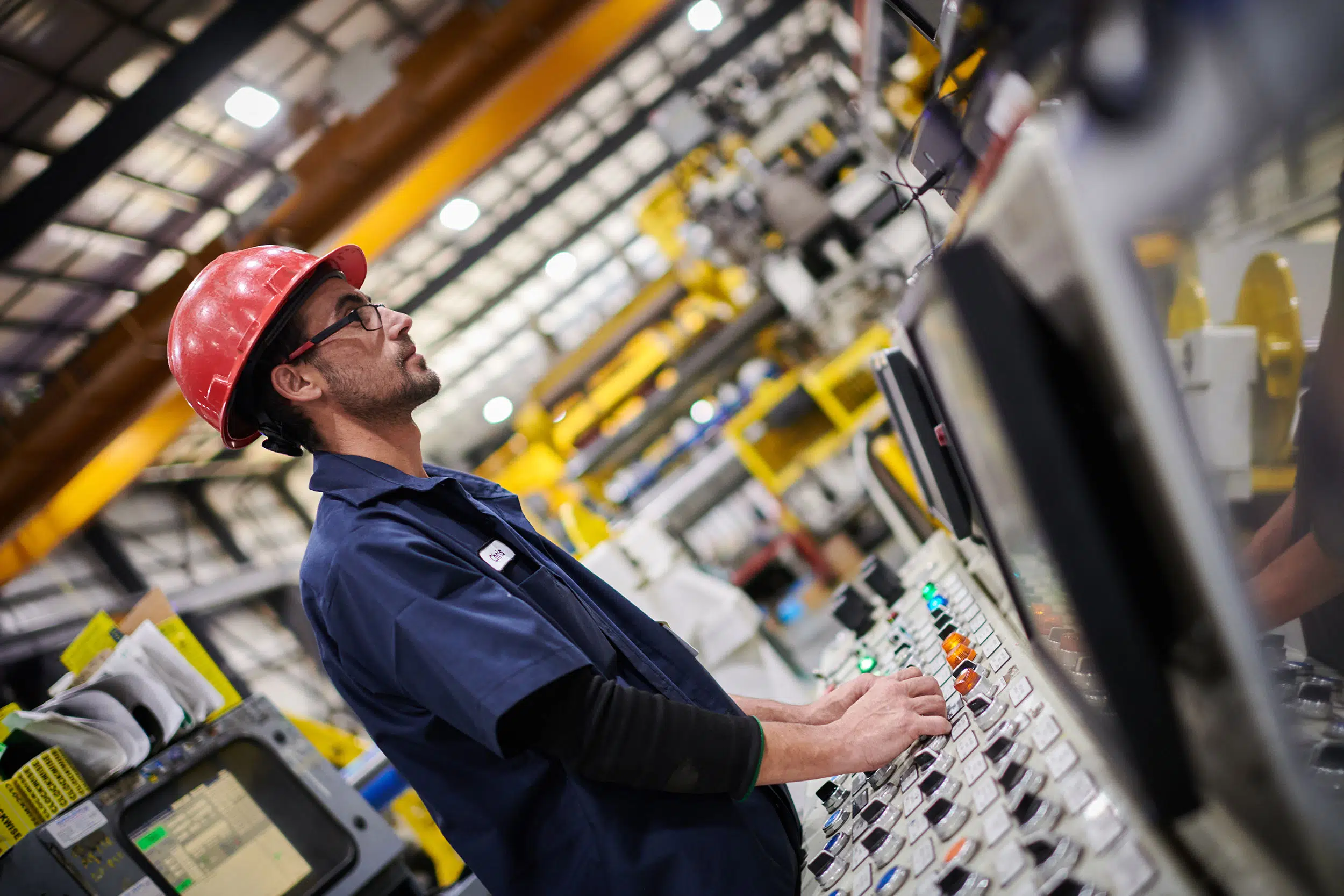
Truck Driver at Factory

Worker Outside Factory
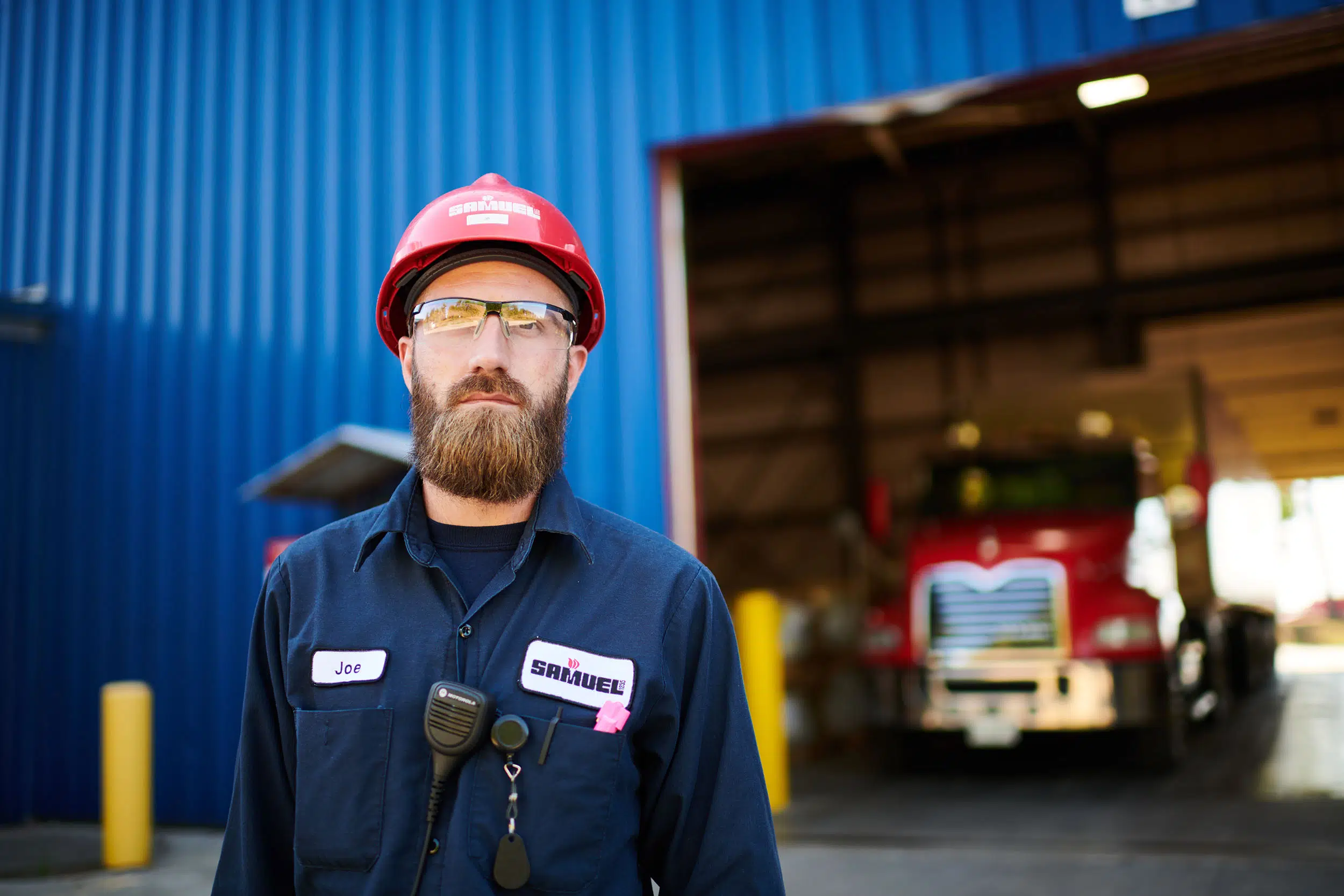
Female Worker at Steel Plant

Worker Scans Product Locations

Inventory management is a critical part of any business operation. By keeping track of inventory levels, businesses can ensure that they always have the materials they need on hand while avoiding the wasted storage and production costs associated with excess inventory.
In today’s fast-paced business environment, effective inventory management is more important than ever. With the right system in place, businesses can save time and money while ensuring that they always have the supplies they need to keep their operations running smoothly.
Side Profile of Employee
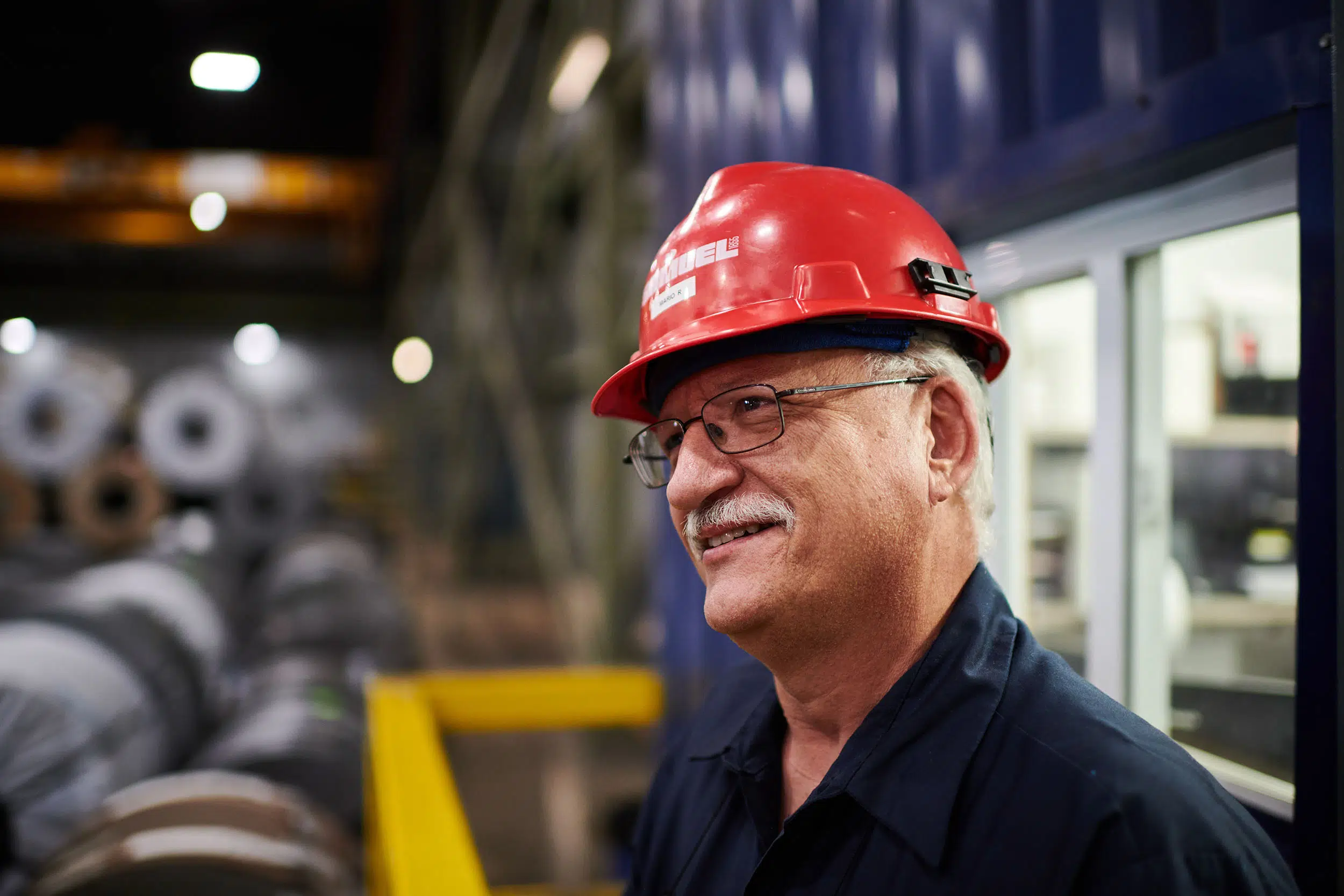
Workers on Factory Floor

Moving Large Rolls of Metal

Scanning Products for Inventory

Worker Watches the Production Line
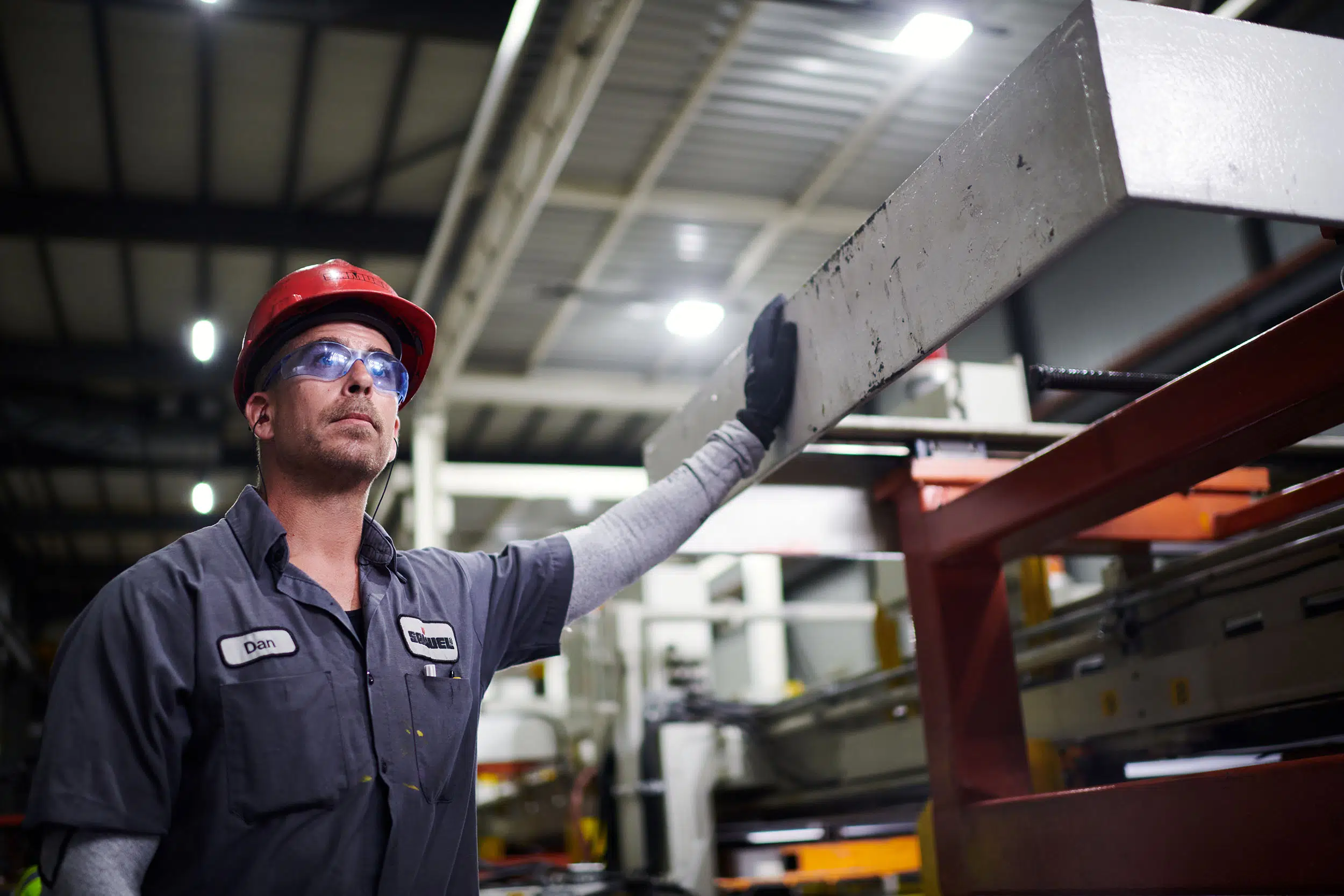
Manager Inspecting Operations

Forklift operator on Factory Floor
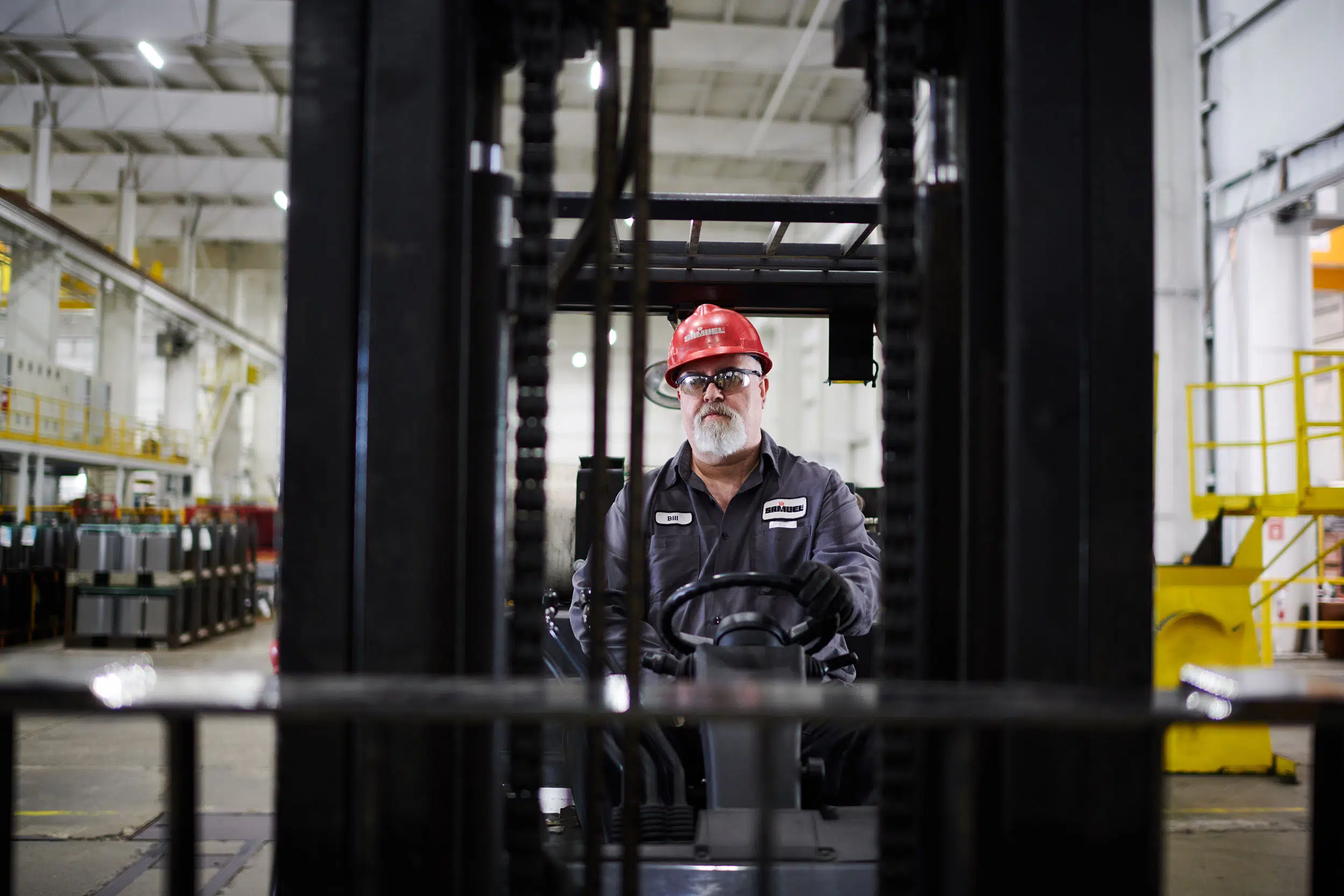
Forklifts are an essential piece of equipment in many factories and warehouses. They are used to move heavy loads of materials, parts, and products from one place to another. Forklifts can also be used to load and unload trucks, and to stack materials on shelves and in storage areas. In addition to their practical uses, forklifts also help to improve safety in the workplace by reducing the need for employees to lift heavy items by hand. They also help to improve efficiency by allowing employees to move more material in a shorter period of time. As a result, forklifts play a vital role in many businesses and industries.
Cutting Pieces of Steel

Final Words
The pictures of factory workers included in this post provide a glimpse into the world of production. These workers are responsible for producing the goods that we use every day, and their work is essential to the functioning of our economy. These hard-working people make our lives easier and help to keep our society running smoothly. We would like to thank all factory workers for their dedication and hard work.

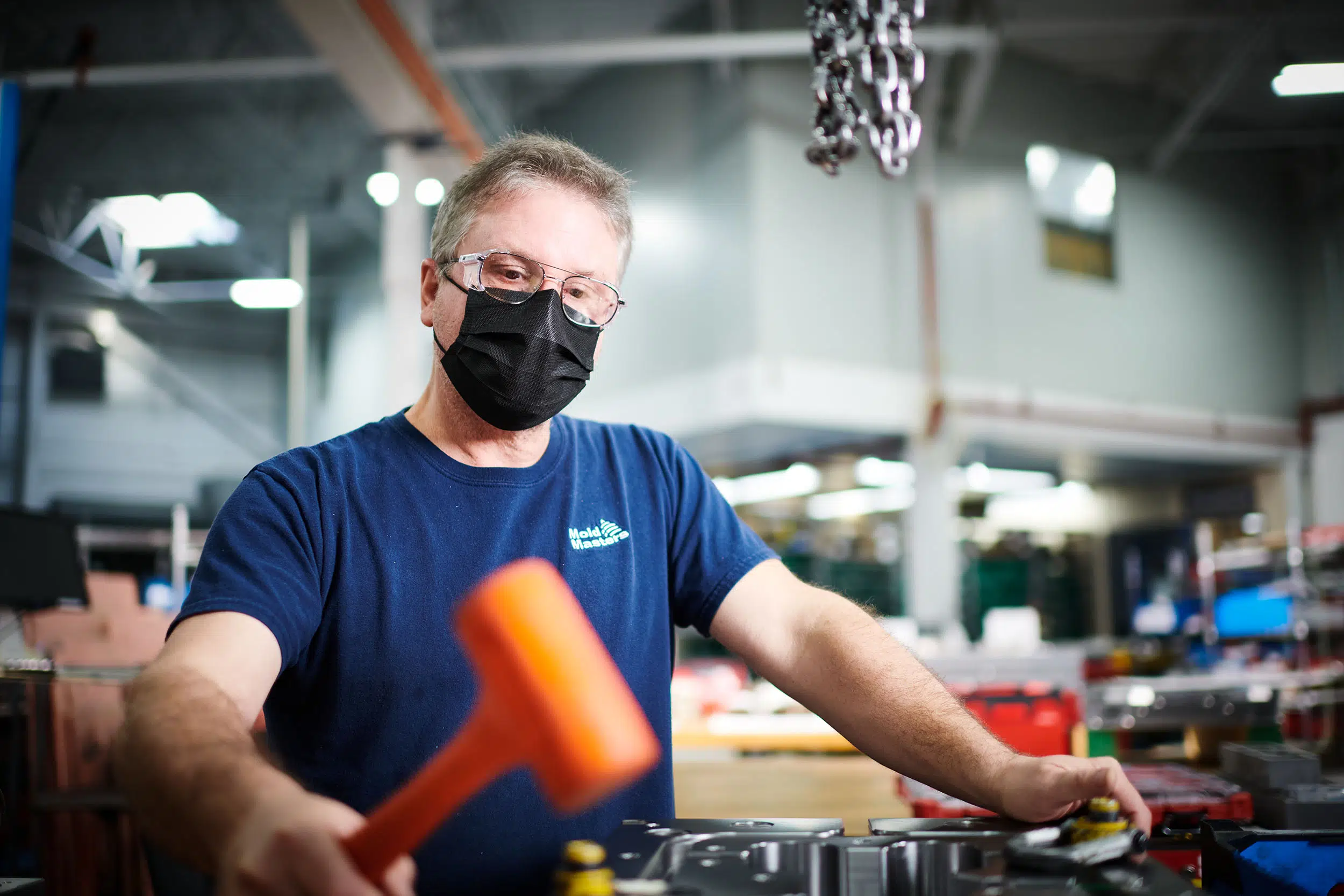


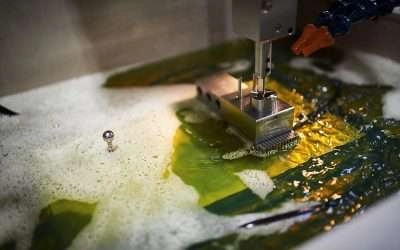



0 Comments